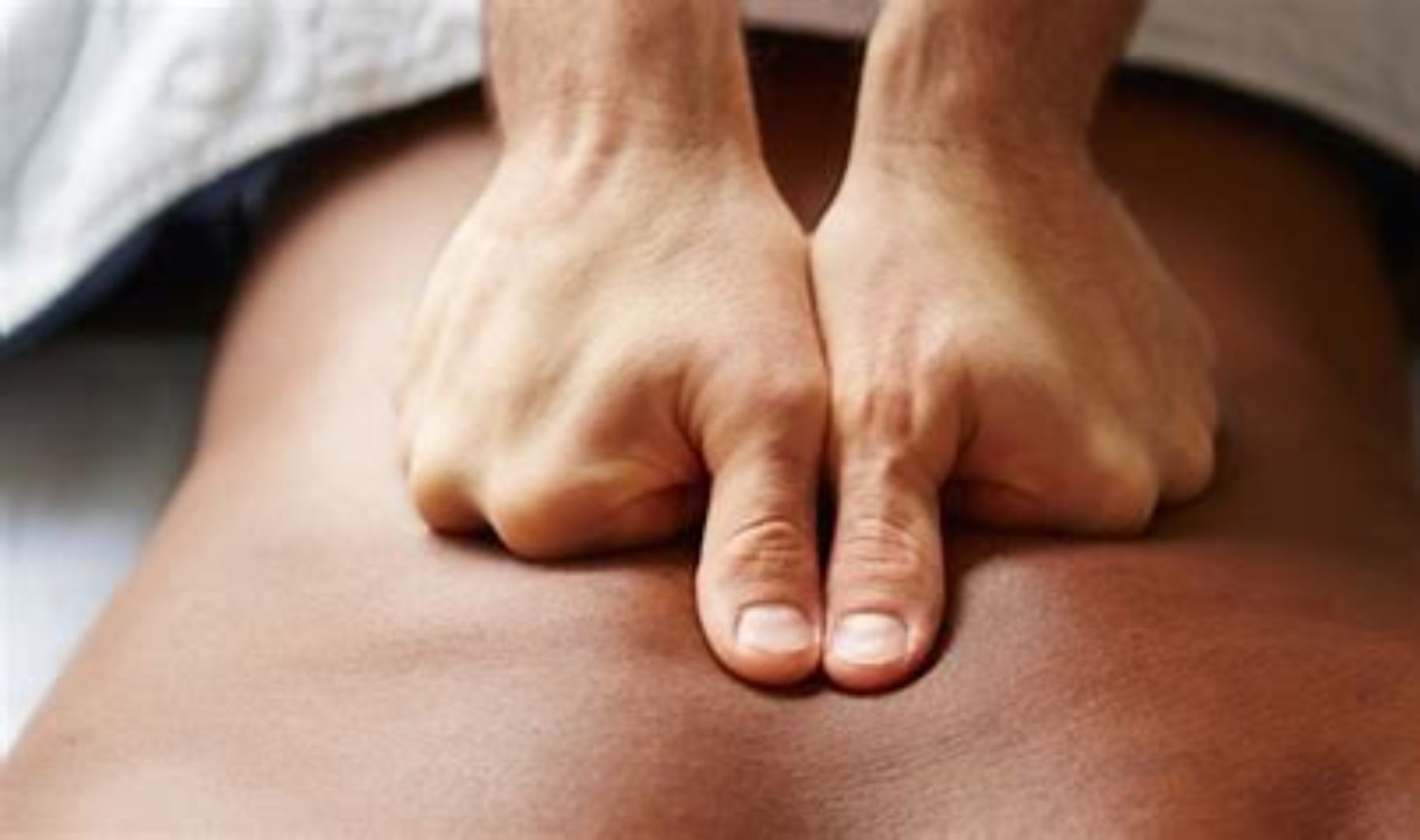My clients often come in saying “I have a huge knot in my back” or “I’m all knotted up!” What does that actually mean? Can a muscle really get tied in a knot? Well, no, not really…
First of all, let me explain a little bit about muscle tissue. Muscle fibers run in all different directions in our body and muscles are layered on top of each other from our heads to our toes. This is why we can bend, twist, dance and play sports. However, when we sit at a computer all day in the same position, or we injure ourselves, or if we are chronically dehydrated, we can lose mobility and flexibility. The various muscle fibers start to stick to each other and become adhered. This new hard and lumpy feeling is a muscle “knot”.

Prevention – how to avoid getting muscle knots in the first place:
- Diet and hydration – Drink plenty of water and eat a healthy diet. Foods such as alcohol, sugary caffeinated drinks, processed and fast foods all play a part in dehydrating you.
- Take breaks – Most people spend a lot of their day sitting in front of a computer or staring down at a cell phone. Our bodies can’t handle being in those positions too long. Every hour at work, get up and walk around. Even when sitting at your desk, straighten out your back, turn your neck from side to side, uncross your legs, and move as much as you can.
- Massage – People are slowly starting to realize that massage is not just some occasional luxury saved for vacations and spas. Massage therapy can help keep your muscles healthy, pliable and oxygenated.
- Lifestyle – A life filled with stress and lack of sleep is a perfect pathway to injury. Slow down, get more sleep, and breathe. Even as little as 15 minutes a day of focused relaxation time can make a world of difference
Treatment – what to do if you already have muscle knots:
- Rest – If you’re in pain, it is your body’s way of saying it needs a break. Maybe, you take a few days away from the computer or a few days away from the spin bike (not an easy thing for me). You need a break from whatever is causing the pain.
- Massage – Massage therapy is not only great for prevention, but it can help relieve that muscle pain and break up the adhesion.
- Physical Therapy – If you have been in pain for a while, physical therapy can really help. Not only will the treatment consist of manual therapy like massage and stretching, but the therapist can help identify the underlying causes and give you a home exercise program to keep you healthy after therapy.
- Stretching – Gentle, full-body movement is usually a good idea as long as it’s pain-free.
So, move around. Get a massage. Go to bed a little earlier. Drink more water. Your body will thank you!
